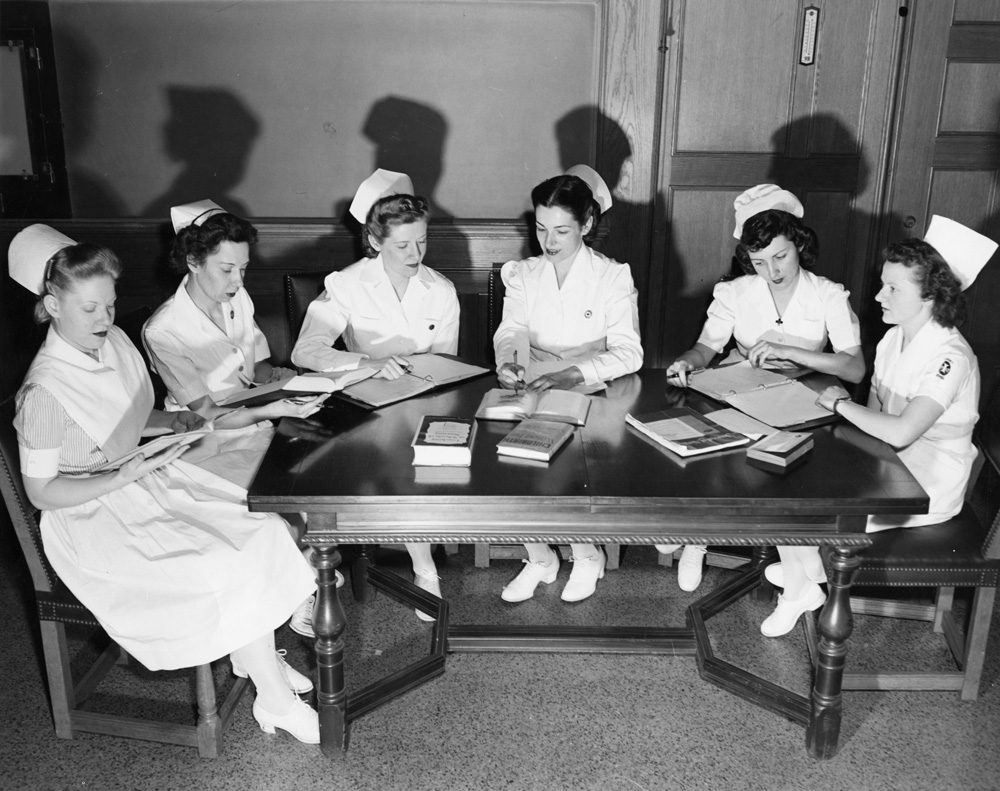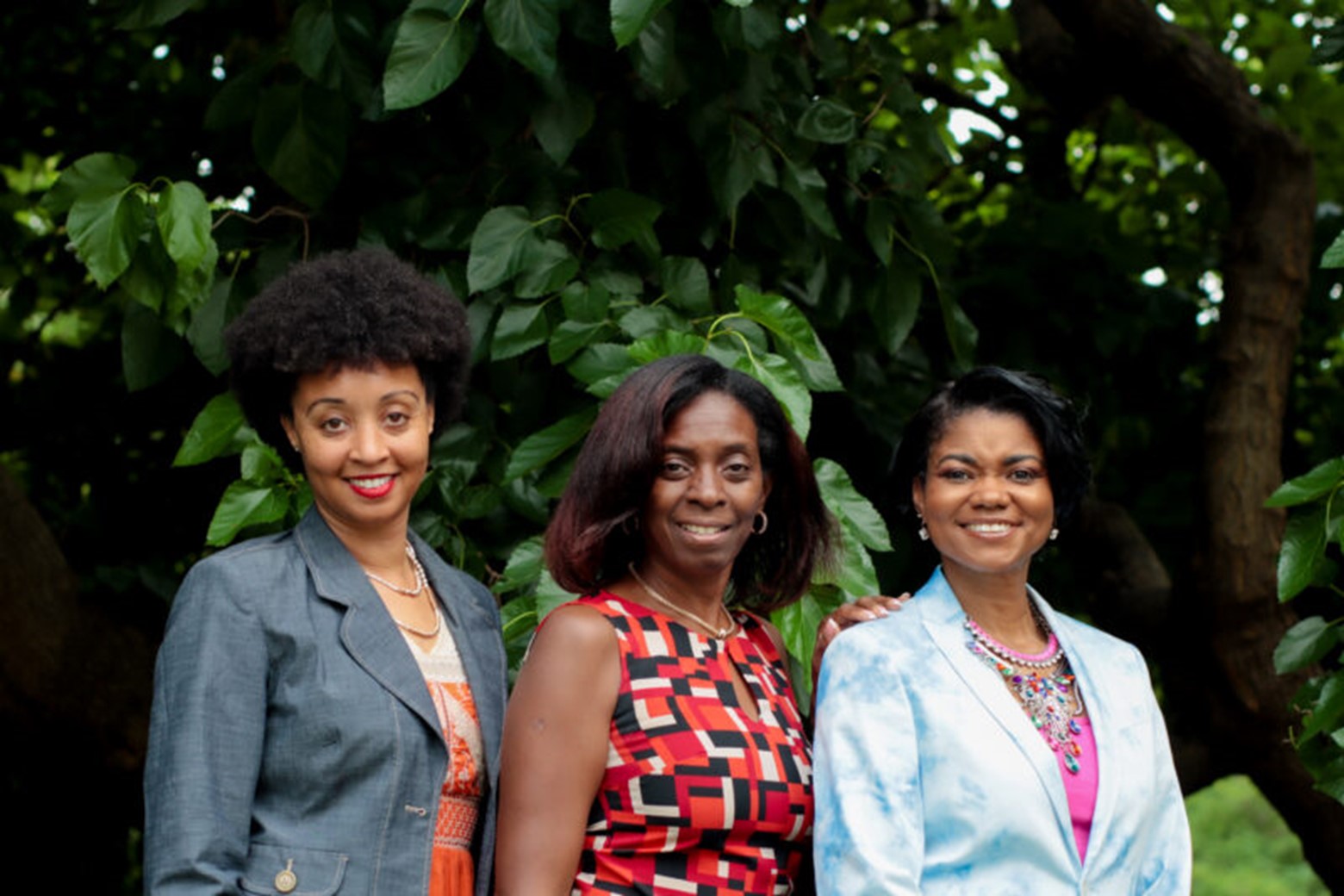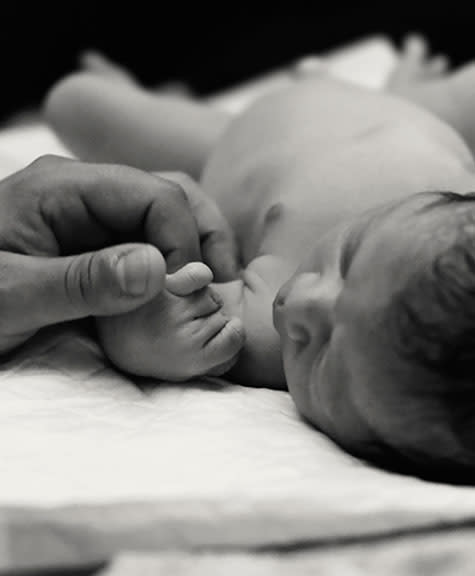Maternity Nursing, Midwives, and Mothers-To-Be
$ 8.99 · 4.5 (291) · In stock

In Colonial America, midwives attended almost all births in the American colonies, practicing from their homes and passing the skills they had brought to the colonies from one woman to another. It wasn't until the turn of the 20th century, when medicine and public hospitals became popular and more accessible for middle and upper class families, that women began to choose physicians over midwives when giving birth. When the Stock Market crashed the Great Depression took hold, many Americans could no longer afford hospitals or medication. Despite the lack of resources available to them, lower class women on the poverty-stricken West Side of Chicago had a resource: Dr. Beatrice Tucker and the Chicago Maternity Center.

ShiftMed Blog Posts
Articles National Women's History Museum

Duke, Vanderbilt, and UNC Nurse-Midwives Join Forces to Reduce Black Maternal Health Risks

Improving Birth Outcomes Among Women of Color Begins with Care that Reflects Them

Considering a midwife for your pregnancy? 6 myths about midwifery

Articles National Women's History Museum

Articles National Women's History Museum

International Day of the Midwife: 5 things you should know

What is a Midwife?, Home & Natural Childbirth, Nurse Midwife

What Is a Midwife? Differences From Doula & OB/GYN for Pregnancy

What Is a Midwife? How They Differ From OBs and Doulas

Giving Birth: Labor & Delivery Tips from an OBGYN for First-Time Moms

Antenatal care - UNICEF DATA

What Training Is Required to Be a Midwife? - Chapel Hill OBGYN
.jpg?rev=f955e69b0b754e8abc1d4388543d557c&hash=F4165BD6F925E3F326DF7DD9EC039FA4)
Daily Dose - Certified Nurse Midwives and OB/GYNs Work Together to Give You the Best Birth Experience
